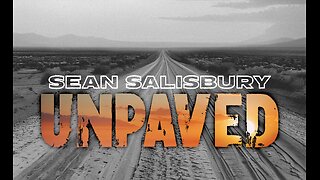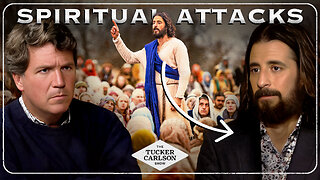Premium Only Content

Nature and birds
Nature in its general sense is the natural world, the physical world, or the physical world. The word “nature” appears in many contemporary contexts. It may mean the physical world as a phenomenon, it may also mean life in general, and it may mean the sciences in most or all of its branches. Man is usually excluded from this definition even though he belongs to natural life as well. The definition of nature is represented by its smallest component, which is the atom, to space and the galaxies and planets it contains.
Nature is also the natural landscape, which is represented by living things (animals, plants, and others) and geographical features (valleys, mountains, seas, rivers, and others). Manufactured objects and human interventions on the earth are not considered part of nature, and nature differs from supernatural and imaginary phenomena. The definition of nature in the sense of the physical universe is an addition to its original meaning (like many other additions), and was accompanied by the development of Greek philosophy from the period that preceded Socrates, and it has gained great popularity since then. This use was confirmed with the flourishing of the modern scientific method in the last five hundred years or so, which sees nature as a reality governed by fixed, well-established laws.
The image of nature changed following the Industrial Revolution in the Western world to the world without intentional interference from man or others, and therefore it gained a quality of sanctity in philosophical approaches, including the approach of Jean-Jacques Rousseau, Hegel, and Karl Marx, even though the ancient (pre-Socratic) image of nature returned some The thing is thanks to the works of Charles Darwin.
Among the various uses of the word “nature” today are those that refer to living organisms and geographical terrain in general, which includes multiple types of living plants and animals. It also sometimes refers to processes associated with inanimate objects; That is, it may refer to the way certain types of things exist and the way they change of their own free will, such as: the weather and the geological features of the Earth, as well as the matter and energy of which all these things are composed.
It is usual to mean the natural environment or wildlife, meaning wild animals, rocks, forests, beaches and all those things that have not been fundamentally altered by human intervention or that continue to exist despite human intervention. This more traditional concept of natural things - which has survived to this day - denotes a distinction between the natural and the artificial, focusing on the concept that the artificial is something that has come into existence through the intervention of human thought or the human mind.
-
 1:27:35
1:27:35
Redacted News
3 hours ago"This is NOT normal" Trump just destroyed the woke mob as Dems in disarray | Redacted News Live
95.3K172 -
 1:39:52
1:39:52
Vigilant News Network
4 hours agoUNHINGED: Dems Say That Elon Needs to ‘Go Back to AFRICA?’ | The Daily Dose
58.7K13 -
 1:13:13
1:13:13
Sean Unpaved
4 hours ago $4.39 earnedQB Carousel
45.6K2 -
 1:04:28
1:04:28
Crypto Power Hour
22 hours ago $4.44 earnedThe Crypto Power Hour - ‘In Crypto We Trust’
51.9K4 -
 28:55
28:55
CatfishedOnline
4 hours agoWoman Love Bombed by Salt-and-Pepper Scammer
20.4K3 -
 14:51
14:51
Misha Petrov
3 hours agoDemocrats HUMILIATED at Trump’s Congressional Address! Breaking Down the MUST-SEE Moments
21.7K14 -
 1:39:05
1:39:05
The Quartering
6 hours agoTrump's Epic Speech, Democrat & MSM Meltdown, Zelensky Flip Flops AGAIN & A T*ans CULT Unmasked
103K72 -
 1:28:13
1:28:13
Tucker Carlson
6 hours agoJonathan Roumie: The Weight of Playing Jesus in the Chosen, & Why You Should Observe Lent
140K80 -
 1:42:23
1:42:23
Film Threat
21 hours agoDAREDEVIL: BORN AGAIN ARRIVES! | Hollywood on the Rocks
26.9K2 -
 1:17:20
1:17:20
The HotSeat
4 hours agoIs The American Family Going Extinct??
24.9K8